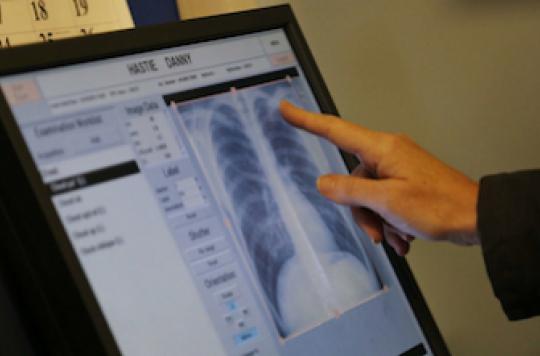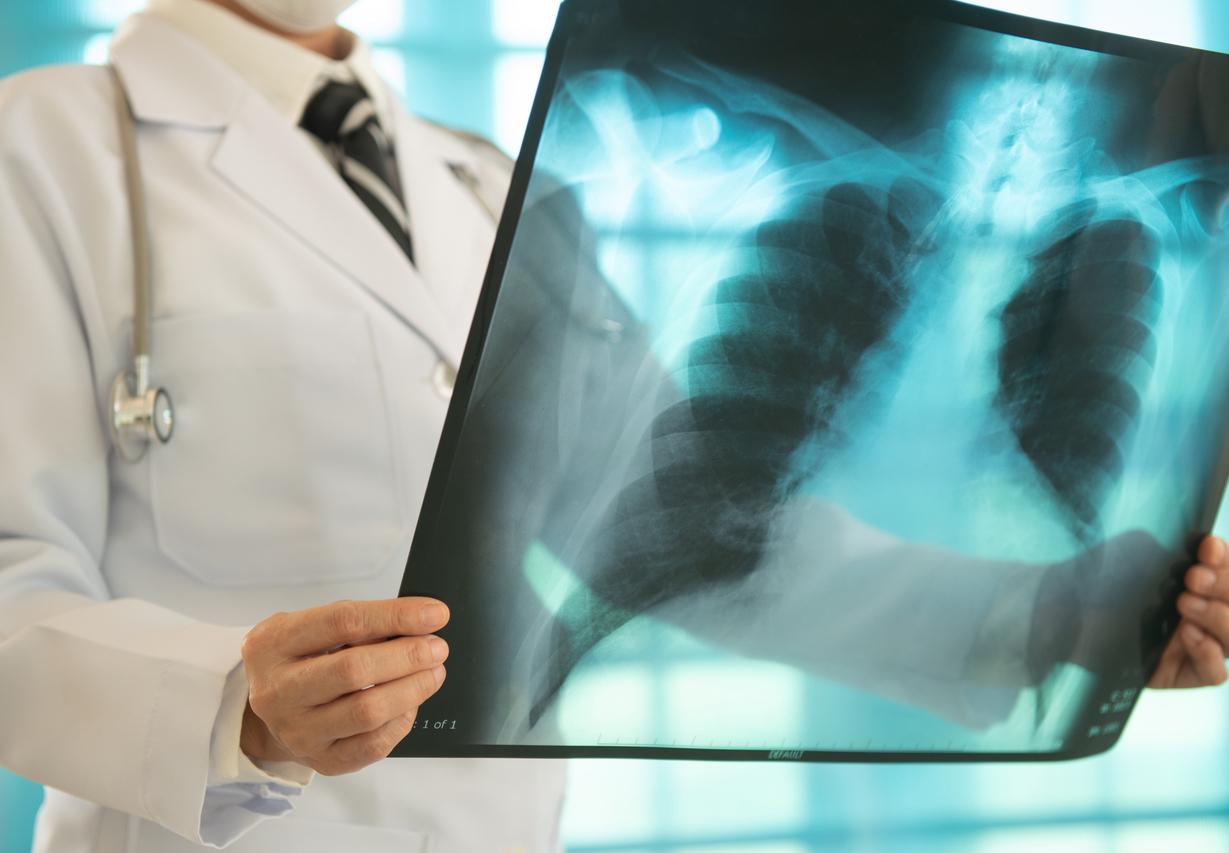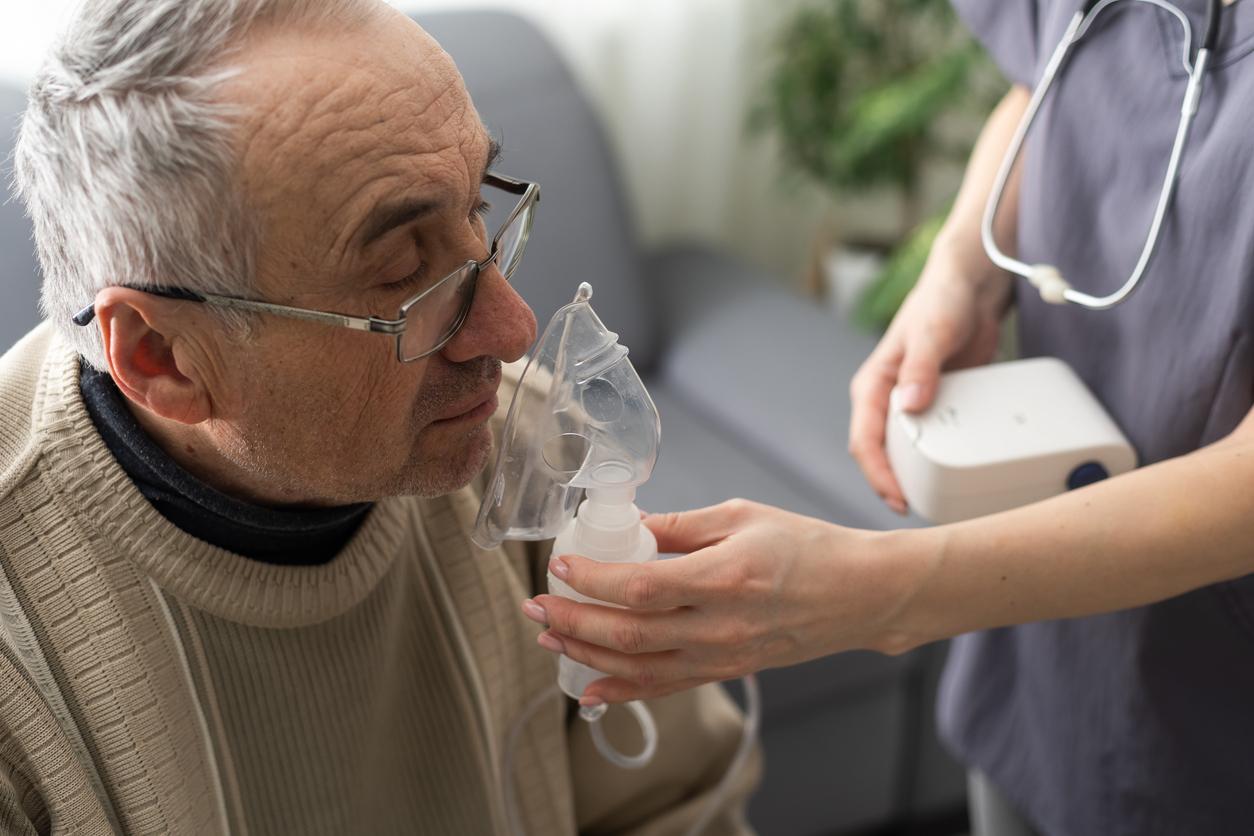COPD remains an unrecognized and underdiagnosed pathology. The HAS has therefore just created three tools to help professionals improve the care of these patients.

Better manage chronic obstructive pulmonary disease (COPD). This is the objective of the Haute Autorité de Santé (HAS) which wishes to overcome this pathology which reduces respiratory capacity and affects the quality of life of diseases. A condition still unknown to patients and underdiagnosed by doctors.
For this reason, the HAS is making three new tools available to the general public and professionals this Friday to help improve the care of these patients.
Five questions asked to spot COPD
From today, the HAS is thus providing healthcare professionals and their patients with a quick quiz, allowing to detect the main warning signs of COPD. This test emphasizes the presence of a cough, the frequency of dyspnea episodes but also exposure to tobacco.
Once the questionnaire is completed, the doctor must then confirm the diagnosis using spirometry, one of the tests to measure breathing.
Support professionals on two identified critical moments
In addition, in the care pathway for patients with COPD, two breaking points have been identified by the HAS: ignorance of respiratory rehabilitation as an effective treatment, and the seriousness of exacerbations of COPD. Not all patients who could benefit from it are prescribed respiratory rehabilitation, while this treatment allows patients to break a vicious circle: out of breath, they limit their physical activity, which worsens their shortness of breath.
To make them better known, harmonize practices and improve care, HAS has therefore drawn up specific sheets on these critical moments.
The first concerns the respiratory rehabilitation, and specifies on the one hand, the cases in which the doctor must prescribe it: dyspnea or intolerance to physical exertion, and on the other hand, the methods of access and the importance of maintaining long-term acquired after an initial respiratory rehabilitation course. “Both professionals and patient associations play a role in one or other of these key stages, in particular for maintaining physical activity over the long term”, specifies the HAS.
The second sheet focuses on the follow-up of patients hospitalized for an exacerbation of their COPD, a common complication that worsens the disease. In order to prevent the risk of re-hospitalization, the HAS proposes actions to be implemented from the initial hospitalization, then during discharge. Concretely, the patient must not be released into nature but supported by several means: make a checklist of useful actions, contact the town doctor while the patient is still hospitalized, appoint a professional responsible for the continuity of care …
As a reminder, in France, 16,000 people die each year from COPD.
.















